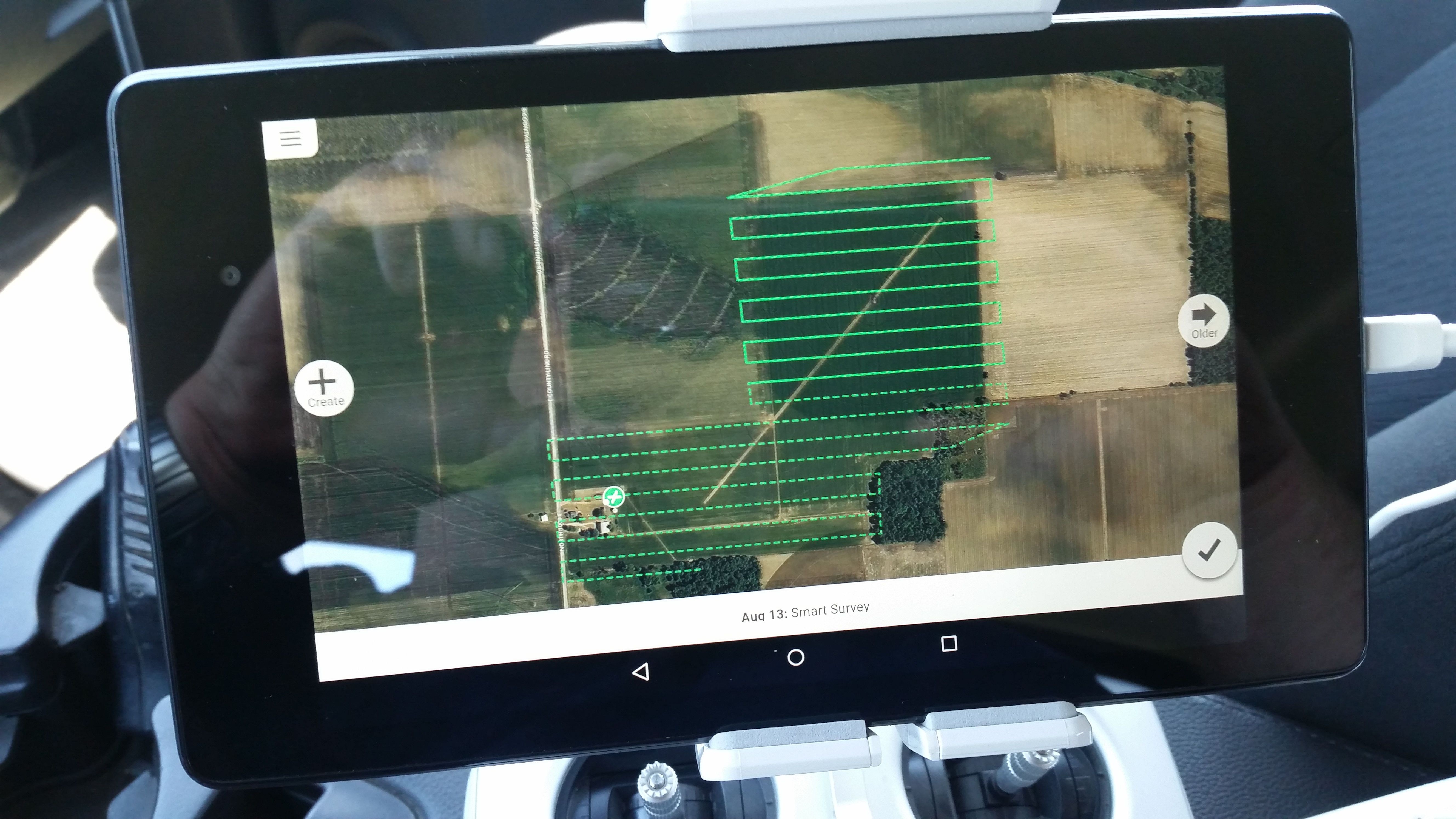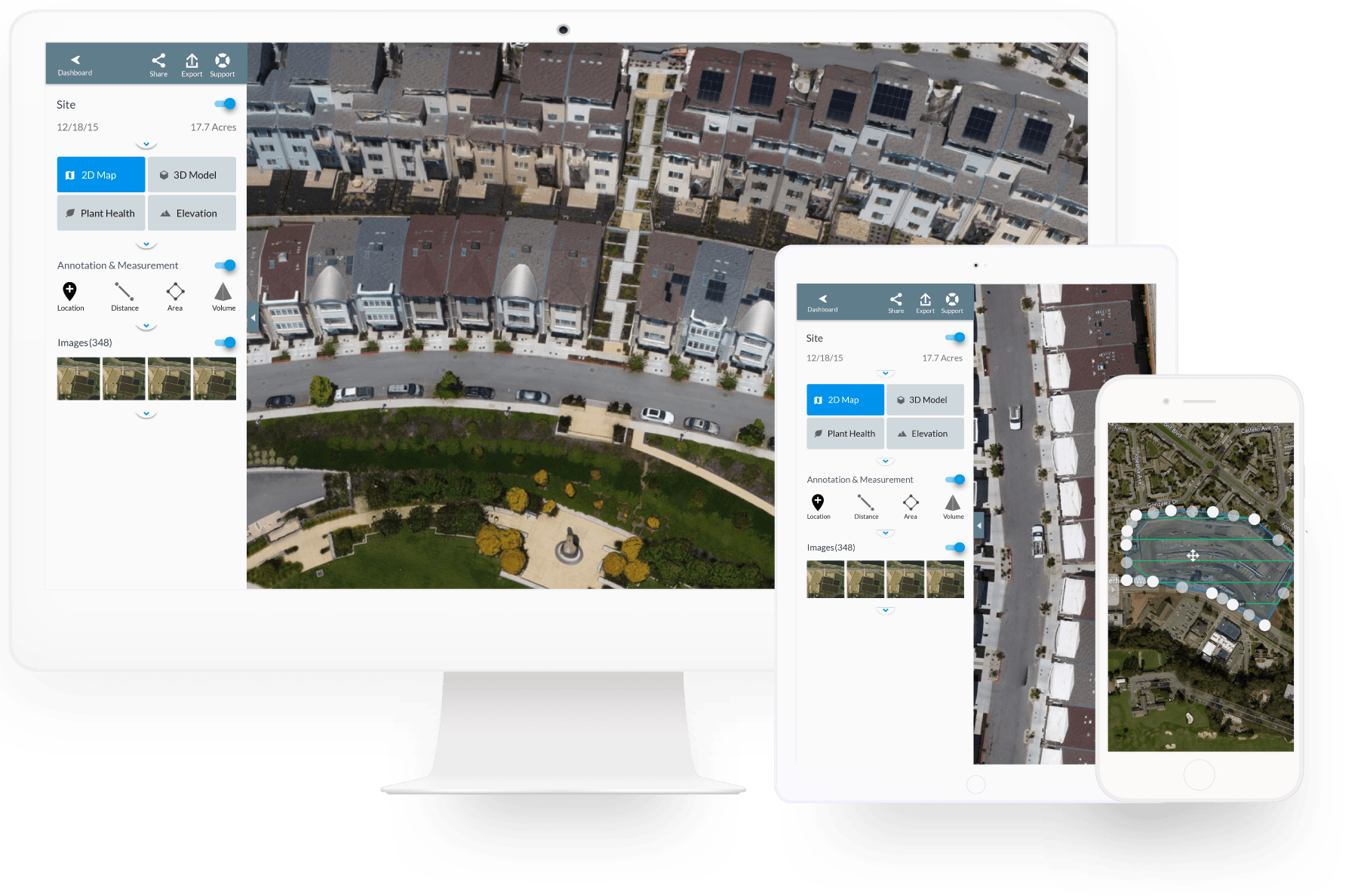

In the last couple of years, there has been an upsurge in the adoption of drone analytics though, there is a lack of regulations and norms pertaining to this field in many emerging and underdeveloped countries. This is due to the fact that these drones enable users to carry out complicated operations without the help of humans, as they are capable to operate beyond the domain of the human eye. In the last couple of years, the Beyond-Visual-Line-of-Sight (BVLOS) feature-integrated UAVs drones have witnessed massive traction across the globe. It is expected that in the last couple of years, drone startups including OEMs and associated companies in the supply chain have witnessed a huge number of investments.īeyond-Visual-Line-of-Sight (BVLOS) drones are witnessing a high adoption rate
#Corteva drone deploy app software
Surge in the investments to create highly advanced drone softwareĪs drone analytics is a new concept with a range of potential applications, chip companies, industrial conglomerates, and IT consulting companies have put hefty investments to inculcate and create the desired potential in the present generation of drones with the help of hardware and software updates.

The current norms and controls have lowered down the intensity of the broader supply chain disturbances created by the pandemic on the key companies based in the US. Law enforcement bodies across the globe have adopted drones in order to enforce and maintain the lockdown restrictions and performing situation monitoring missions without risky exposure. However, as drones have potential application across different industries, the demand for drones is expected to fuel in the future. In addition, the current economic slowdown would lead to a reduction in the demand for drones from end-user sectors like mining, construction, and among others. The utilization of sophisticated technologies like AI and machine learning in drone analytics solutions offers users the ability to differentiate processed data into valuable assets for extracting information.Īs drone directly witnesses the demand from end-user industries, the outbreak of the COVID-19 pandemic has adversely impacted the growth of the drone analytics market. In addition, it assists in enhancing the computational power and automates the end-to-end system functions of drones.

Cloud computing offers an effective platform for managing and storing the massive volumes of data created by drones. Drones produce real-time data which can be examined to offer real-time insights to decision-makers. Specialized drone analytics solutions are extremely helpful in gathering data in comparison to conventional data collection tools. Drones have been installed for various purposes such as safety inspections, security monitoring & surveillance, storm tracking, and to extensively study the environment by scanning remote areas. Drones have revolutionized and improved the productivity of various sectors in a short span of time. The Global Drone Analytics Market size is expected to reach $31.2 billion by 2027, rising at a market growth of 22.3% CAGR during the forecast period.


 0 kommentar(er)
0 kommentar(er)
